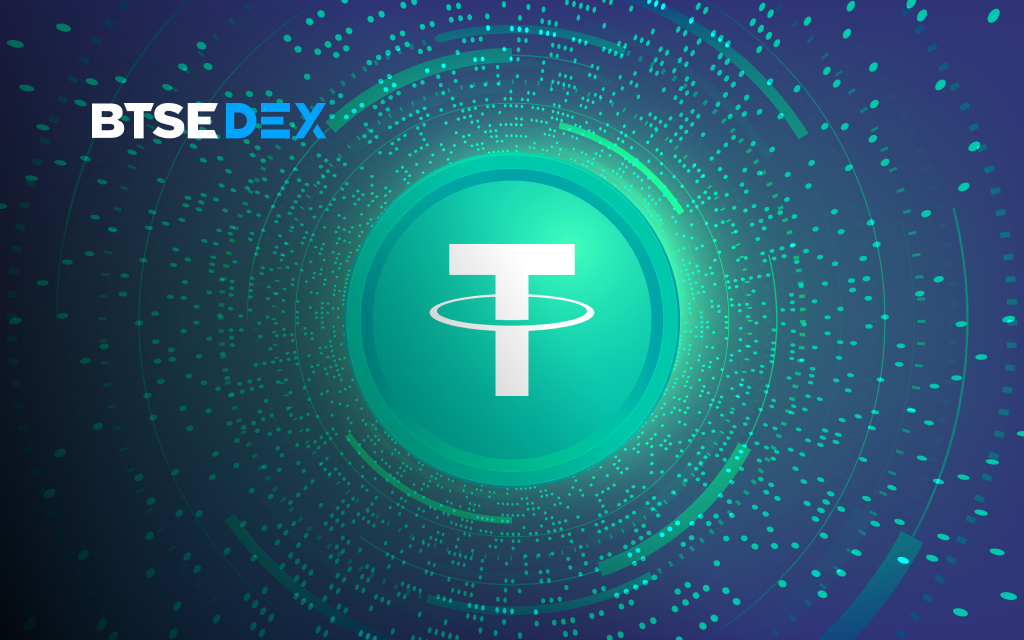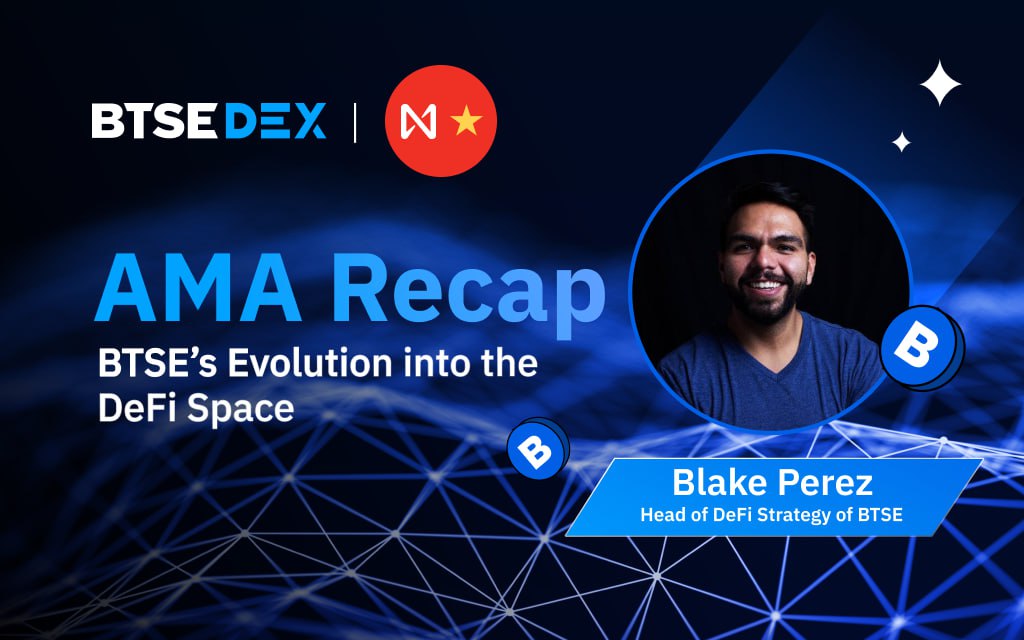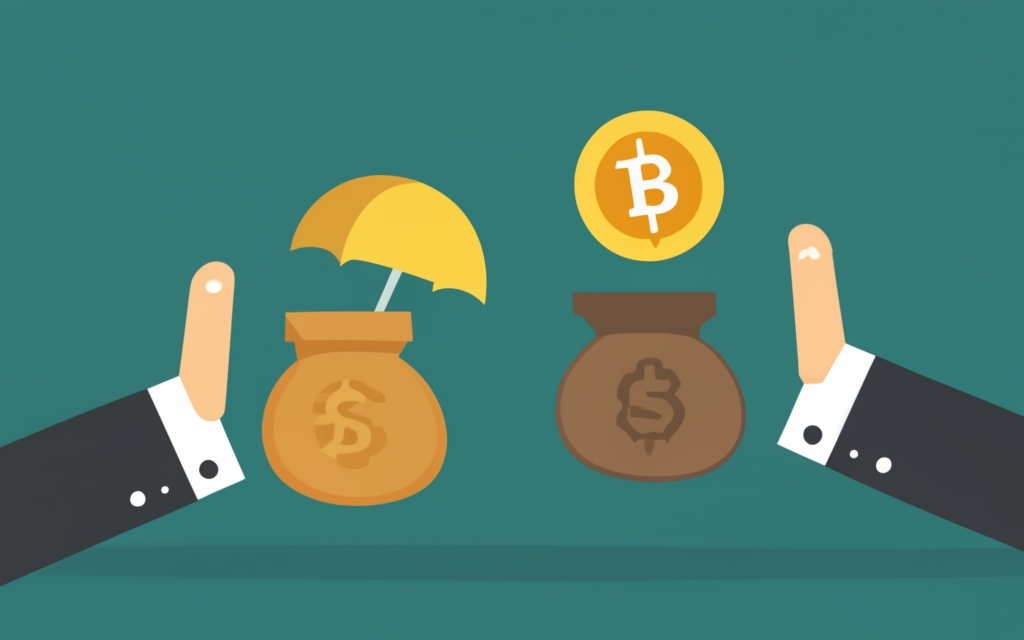Introduction to USDT

USDT is the largest stablecoin by market capitalization. It is meant to be pegged to the US dollar.
USDT can be acquired by performing token swaps on many major exchanges, including BTSE’s DEX.
What is Tether (USDT)?
The developer of USDT, Tether, says that the token is a collateralized stablecoin backed by fiat currency, cash equivalents, and receivables from loans made to other entities.
Tether has issued numerous statements to say that USDT tokens are redeemable for US dollars on a 1-to-1 basis.
What can Tether (USDT) do?
As their name implies, stablecoins such as USDT are meant to maintain a stable price. For all types of digital asset investors, they function as “safe harbors” in cryptocurrency trading. USDT also enables investors to move funds between traditional financial markets and digital asset markets with relatively low volatility.
As of late January 2023, USDT has been minted on at least 14 blockchains and protocols, including Ethereum, Solana, BNB Chain, and NEAR.
Who founded Tether (USDT)?
Tether was founded in July 2014 by Brock Pierce, Craig Sellars, and Reeve Collins.
Pierce is a former Hollywood actor who went on to co-found Blockchain Capital, a venture capital firm. He was also elected as the Bitcoin Foundation’s director in 2014; the organization announced insolvency the following year but remains active as of late January 2023.
Sellars was previously CTO of the Omni Layer Protocol and has held a range of advisory and executive positions for Web3 companies, including cryptocurrency exchange Bitfinex and EOS creator Block.one.
Collins is a serial entrepreneur who mainly operates in digital marketing and the blockchain space.
Tether (USDT) Price Prediction
Investing in cryptocurrency can carry risk. We encourage all investors to perform due diligence and research to shape their portfolios based on their own needs.
USDT began trading in February 2015. The value of USDT regularly fluctuates by miniscule amounts, typically a fraction of a cent. It remains largely pegged to US$1.
However, there have been occurrences where larger changes in value took place. For example, in mid-May 2022, after Terraform Labs’ algorithmic “stablecoin” UST crashed, USDT dropped to a low of US$0.9485. One month later, it also depegged when lending platform Celsius froze customer withdrawals.
In late January 2023, more than 67.6 billion USDT were in circulation. At that point in time, USDT’s fully diluted market cap, meaning the market cap if its maximum supply was in circulation, was above US$73.1 billion.
Meanwhile, critics question the validity of Tether’s reserves for USDT.
Where and how to buy Tether (USDT)
The USDT token is listed on the world’s top cryptocurrency exchanges, including the BTSE DEX.
Swapping for USDT on the BTSE DEX is an easy 4-step process:
- Visit the BTSE DEX and click the “Connect Wallet” button.
- Select the token that you wish to swap into USDT, then choose “USDT” as the token that you want to receive.
- Enter the number of origin tokens that you want to swap for USDT, or enter the number of USDT tokens you wish to receive. Be sure that your token balances — including NEAR for gas — are sufficient for the transaction.
- Click “Swap” and initiate the transaction.
After the transaction is confirmed, your new USDT token balance will be displayed in your wallet.
Conclusion
Stablecoins are an important component of most digital asset portfolios. As long as they remain pegged to their intended value, they are a “safe harbor” when investors wish to avoid volatile market conditions. Stablecoins are also the best option for real-world payments due to their nature of maintaining a pegged value.
As the most popular stablecoin, USDT may be a meaningful addition to the portfolios of novice and seasoned investors alike.
Start trading on BTSE DEX now.
Disclaimer
Any data, text, or other content on this page is provided as general market information and not as investment or financial advice. Past performance is not necessarily an indicator of future results.




